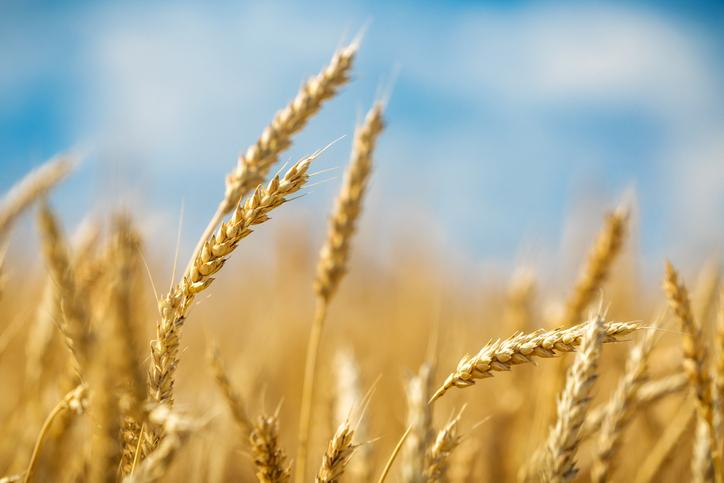
- Health advice
- Aug 26, 2013
Ten years ago, Gluten Intolerance and Coeliac Disease were relatively unheard of. Now these conditions are prevalent. Restaurants and cafes feature gluten free foods on their menus, supermarkets stock a wide range of gluten free products, even school lunch programs offer gluten-free alternatives. What has happened to cause these changes to our bodies in such a short space of time?
Gluten Is The Latin Word For ‘Glue’
Firstly, let’s cover the basics. "Gluten" is the general term for the tiny protein fragments (called polypeptides) found in cereal grains such as wheat, rye, barley, spelt, faro, and kamut. Gluten is classified into two groups: prolamines and glutelins. The most irritating component of gluten is the prolamine gliadin, which causes painful inflammation, intestinal damage, and is the trigger for the immune response in Coeliac Disease.Coeliac Disease more serious than Gluten Intolerance
Gluten intolerance and Coeliac Disease have similar symptoms - pain, gas, bloating, diarrhea - but Coeliac Disease is an autoimmune reaction to gluten that can cause severe damage to the small intestine; whereas, gluten intolerance is an inability to digest gliadin and does not damage the intestines.Increased Gluten in today's grains
Experts believe that the hybrid versions of grains we eat today contain significantly more gluten than traditional varieties of the same grains. Simply put, changes in agricultural practices have increased gluten levels in crops, causing an epidemic of gluten intolerance. Modern wheat varieties have been bred to;- grow faster
- produce bigger yields
- harvest more efficiently
- bake better bread
Why Can't Everyone Handle Gluten?
People who carry any of the genes for Coeliac Disease and Gluten Intolerance are more susceptible to developing either condition. Your genes determine the body's immune response when in contact with gluten, and the many different health problems may result from that response. Some people may develop cognitive problems such as depression or impaired brain function, while others suffer pancreatic problems and develop diabetes It’s not yet known why different parts of the body are affected in different people.What Is Modern Wheat?
Modern wheat is basically a by-product of three different ancestral wheat varieties combined into one. The flour used in most processed foods and bread on the market today comes from a hybridized form of wheat that seems to be responsible for causing an increasing number of people to experience serious health problems, including things like irritable bowel syndrome (IBS), brain "fog," and hyperactivity disorders. A 2005 study published in the journal Plant Physiology reveals that modern wheat is capable of producing at least 23,788 different protein varieties, all of which are capable of mixing and matching to form an endless string of immune-triggering poisons within the body.Brain Fog Reduces Quality Of Life
Gluten-containing foods can cause reactions in the brains of people with Gluten Intolerance. Brain fog is an example of this. It is unrelated to depression or dementia and is described as mental confusion or a lack of mental clarity. Sufferers may be unable to focus, make quick decisions, or keep up in school or the workplace. In the extreme, it is believed that GI can contribute to schizophrenia or depression.What Can You Do?
People may eat gluten and not know that their bodies are suffering. The solution is to trial a 2 week gluten-free diet to see if you experience any positive changes. Avoiding gluten improves cognition, lifting the brain fog so people can think more clearly. It may even stabilize mood, improve decision making, increase motor skills, promote faster learning and improve concentration.Try Traditional Wheat Varieties
Traditional heritage wheat varieties such as Kamut (khorasan), spelt (dinkel), and Einkorn, are said to be more tolerable among individuals with gluten sensitivity, as they contain fewer and different types of gluten. It is still important to practice caution, though, even when trying these ancient wheat varieties. As always, whatever questions or concerns you have regarding your health all you have to do is drop by Mr Vitamins and ‘Ask a Naturopath’Related Articles
Recently Viewed
- ${ variant.price | currencyFromCents } | ${ variant.title } ${ variant.price | currency } | ${ variant.title }
Sale
















